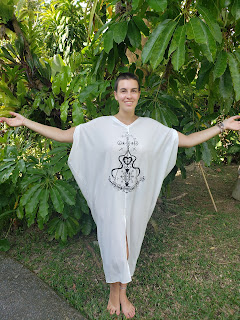Jute cultivation and Process
 | |||||
| www.himane.com |
Not too far from my studio, there is a coffee factory doing import/export, so I have been going there for the past 2 years to purchase their recycled coffee Jute bags so I can Upcycled into beautiful one of a kind bags that I combined with the umbrellas, Organic canvas and/or upholstery materials.(pics below of HIMANE "REFAIT" Bags)
 |
| www.himane.com |
 |
| www.himane.com |
 |
| www.himane.com |
This is what I found out so far. Enjoy!
Introduction.
The material commonly called burlap in the United States is known as "hessian" in parts of Europe because it was used in the uniform of soldiers from the state of Hesse.
Applications
As it turns out, jute is a very versatile material. The lining component makes for an itchy material if used for clothing, but when separated into very fine threads, has been used to make imitation silk. The tensile strength and low cost of jute fiber make it ideal for industrial applications. The fact that it's entirely natural and biodegradable makes it a popular choice for uses where these qualities are desirable, such as in covering and binding plant roots for transportation and replanting, or to prevent erosion.
I found so much info that I would not be able to post everything at once.
Please by all means click on the links below to learn more if of course you did not. Thank you and happy reading.











Comments